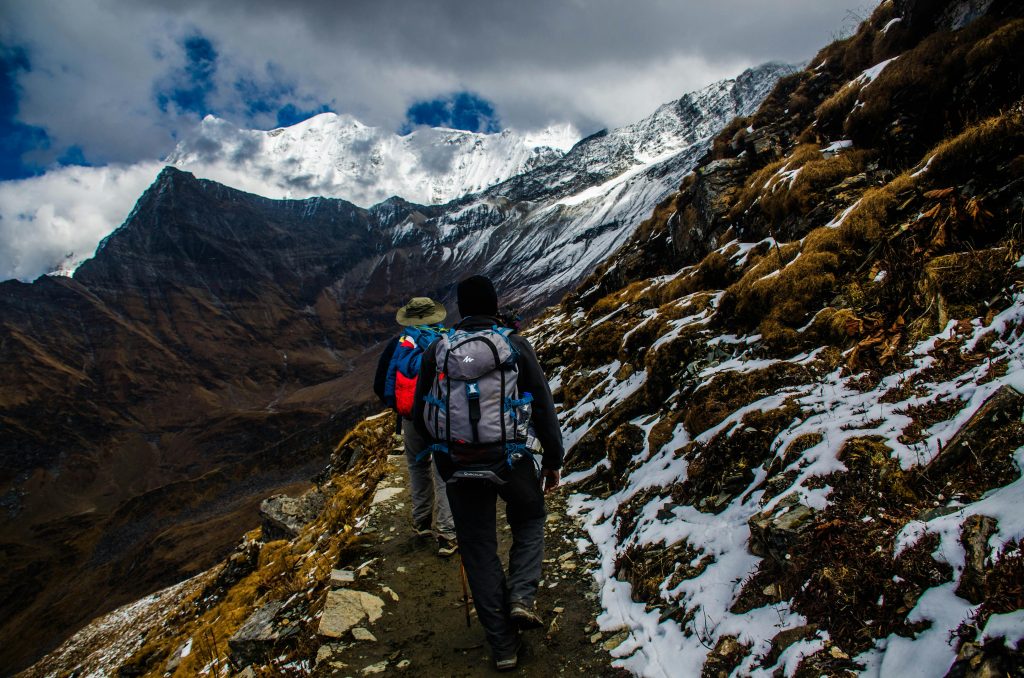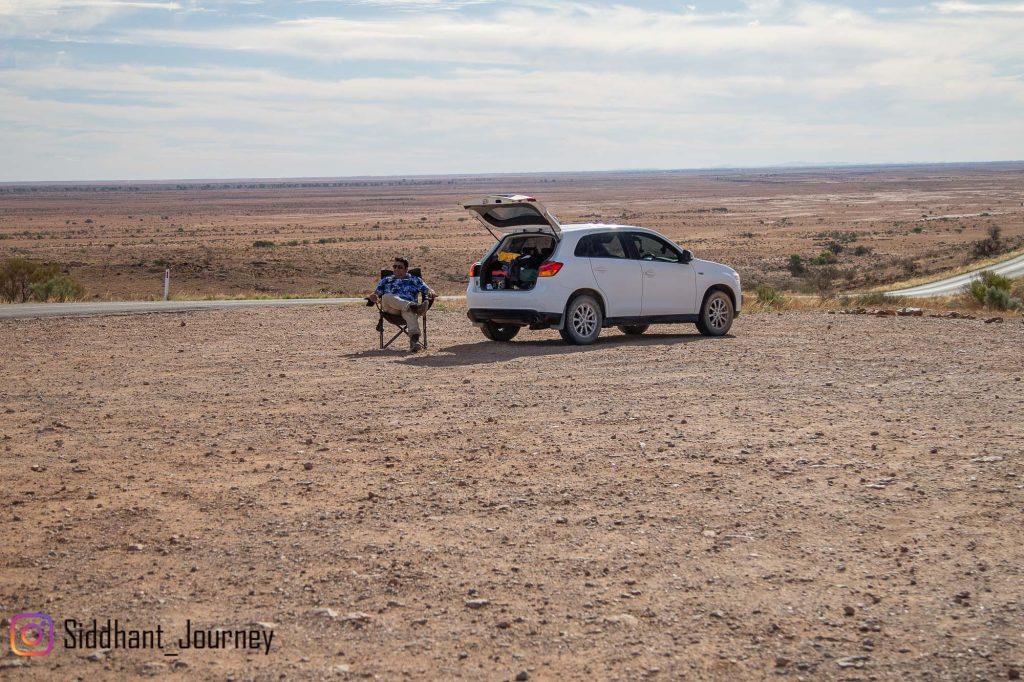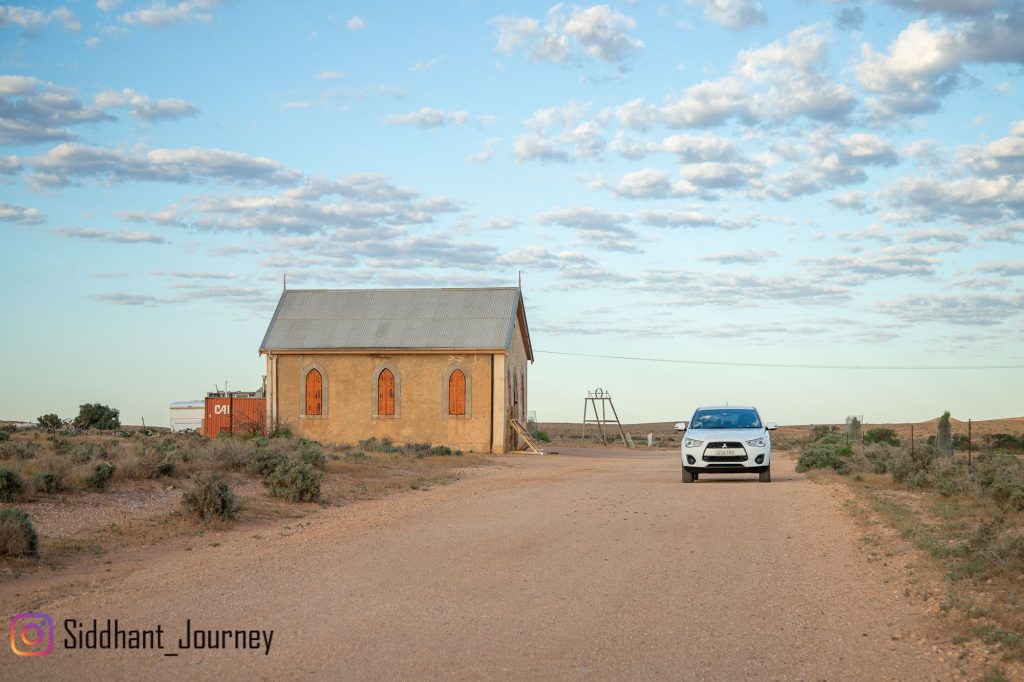Traveling is a universal passion that ignites a spark of excitement within us all. From the thrill of exploration to the opportunity for cultural immersion, traveling offers a multitude of experiences that enrich our lives and broaden our perspectives. It is a chance to escape from the routine, create unforgettable memories, and embark on a journey of self-discovery. Whether it’s indulging in new culinary delights or finding solace in the beauty of nature, travel rejuvenates our minds, bodies, and souls. In this article, we delve into the reasons why we love traveling, exploring the various facets that make it such a cherished and transformative experience.
The Thrill of Exploration: Unveiling New Destinations

Curiosity Awakened: The Desire to Discover
There’s something undeniably exciting about exploring new destinations. The thrill of stepping foot in a place you’ve never been before, with its fascinating history, culture, and natural wonders, is enough to awaken your curiosity and ignite your desire to discover. From the moment you embark on your journey, you’re filled with anticipation and a sense of adventure that pushes you to uncover the hidden treasures that await.
Unveiling Hidden Gems: Off-the-Beaten-Path Adventures
While popular tourist destinations have their charm, there’s an allure to venturing off the beaten path and discovering the hidden gems that often go unnoticed. These off-the-beaten-path adventures allow you to escape the crowds and immerse yourself in authentic experiences that truly showcase the essence of a destination. Whether it’s stumbling upon a secluded beach, stumbling upon a local market, or stumbling upon a charming village tucked away in the mountains, these hidden gems add an element of surprise and wonder to your journey.
Urban Exploration: City-Hopping and Cultural Capitals
For those who love the vibrancy and energy of cities, urban exploration is an exhilarating part of traveling. City-hopping allows you to experience the diversity of different cultures, architecture, and culinary delights in a short span of time. From wandering through bustling markets and vibrant neighborhoods to immersing yourself in the local arts and entertainment scene, exploring cultural capitals offers a unique perspective on the world and its people.
Cultural Immersion: Broadening Horizons through Travel
Immersing in Local Traditions: Embracing Authentic Experiences
One of the greatest joys of traveling is immersing yourself in the local traditions and customs of the places you visit. It’s about going beyond the surface and seeking genuine interactions that allow you to embrace authentic experiences. Whether it’s participating in a traditional ceremony, learning a few phrases of the local language, or indulging in traditional cuisine, cultural immersion enables you to broaden your horizons and gain a richer understanding of different ways of life.
Historical Journeys: Reliving the Past in Ancient Sites
History buffs and curious travelers alike find immense satisfaction in exploring ancient sites. Standing amidst the ruins of civilizations long gone, you can’t help but feel a connection to the past and a sense of awe for the achievements of those who came before us. From majestic temples and ancient fortresses to preserved archaeological sites, these historical journeys allow you to relive the stories and events that have shaped our world.
Connecting with Communities: Homestays and Volunteer Opportunities
Traveling offers the unique opportunity to connect with communities and make a positive impact. Homestays allow you to experience the local way of life firsthand, forging meaningful connections with your hosts and gaining a deeper appreciation for their culture. Meanwhile, volunteering in local projects provides an avenue to give back and contribute to the communities you visit. These experiences not only enrich your journey but also leave a lasting impact on the lives of those you encounter.
Escape from Routine: Embracing Freedom and Adventure
Breaking the Chains: Leaving Stress Behind
One of the most liberating aspects of travel is the ability to break free from the chains of routine and leave stress behind. Stepping away from the demands and responsibilities of daily life allows you to recharge and gain a fresh perspective. Whether it’s lounging on a tropical beach, hiking through breathtaking landscapes, or simply immersing yourself in a new environment, travel provides the perfect escape valve for the pressures of everyday life.
Outdoor Thrills: Adrenaline-Pumping Activities and Sports

For those seeking a dose of adrenaline and adventure, travel offers a multitude of thrilling experiences. Whether it’s trekking through rugged mountains, diving into coral reefs, or conquering whitewater rapids, there’s a world of outdoor activities waiting to satisfy your adventurous spirit. These heart-pounding pursuits not only challenge and energize you but also provide a unique way to connect with nature and push your limits.
Unplugging and Relaxing: Digital Detox and Wellness Retreats
In a world dominated by screens and constant connectivity, travel provides an opportunity to unplug and prioritize self-care. Wellness retreats and serene destinations offer a much-needed respite from the chaos and an environment conducive to relaxation and rejuvenation. Whether it’s practicing yoga on a tranquil beach, indulging in spa treatments, or simply disconnecting from technology and immersing yourself in the beauty of nature, these moments of tranquility are essential for your overall well-being.
Creating Unforgettable Memories: Connecting with People and Places
Capturing Moments: Photography and Travel Journalism
Traveling is a journey of creating unforgettable memories, and what better way to preserve those moments than through photography and travel journalism? Capturing the essence of a place, the emotions of its people, and the beauty of its landscapes allows you to relive your experiences and share them with others. Whether you’re a professional photographer or simply enjoy snapping photos with your smartphone, photography and travel journalism enable you to tell your travel stories in a visually captivating way.
Local Encounters: Building Connections with Locals
Beyond the sights and attractions, it’s often the people we meet during our travels that leave a lasting impression. Engaging with the locals opens doors to authentic cultural exchanges, heartwarming conversations, and unexpected friendships. Whether it’s sharing a meal with a local family, learning traditional crafts from artisans, or simply exchanging smiles and laughter with strangers, these encounters enrich your travel experience and remind you of the universal bonds that connect us all.
Traveling with Loved Ones: Family Adventures and Bonding
Traveling with loved ones, be it family or friends, creates a unique opportunity for bonding and creating lasting memories together. Sharing new experiences, navigating unfamiliar territories, and overcoming challenges as a team strengthens the bonds and creates a collective narrative to remember. From laughter-filled road trips to awe-inspiring adventures, traveling with loved ones adds an extra layer of joy and camaraderie to your journeys.: From Farm-to-Table to Michelin-starred Restaurants
Connecting with Others: Cultivating Relationships and Creating Memories
Cultural Exchange: Immersing in Local Traditions and Customs
Meeting Like-Minded Individuals: Bonding with Fellow Travelers
Family and Friends: Strengthening Bonds through Shared Experiences
—
Self-Discovery: Personal Growth and Empowerment through Travel
Finding Yourself: Soul-Searching and Introspection
Exploring new destinations allows us to embark on a journey of self-discovery. It’s like looking into a magical mirror that reflects not just our outward appearance, but also our innermost desires, passions, and fears. Whether we find ourselves on a spiritual retreat in Bali or wandering through the bustling streets of Tokyo, travel offers us the opportunity to dig deep, engage in soul-searching, and truly understand who we are.
Stepping Out of Comfort Zones: Overcoming Fears and Challenges
Life begins at the end of our comfort zones, they say. And what better way to step outside those cozy boundaries than by traveling to unfamiliar places? Whether it’s conquering a fear of heights by skydiving in New Zealand or simply navigating a foreign city’s public transportation system, each challenge we overcome while traveling fuels us with newfound confidence. So go ahead, take that leap of faith, and see just how extraordinary you can be.
Learning and Education: Enriching the Mind through Travel
Traveling isn’t just about snapping pictures for social media or lounging by the pool with a piña colada (although that’s not a bad idea either). It’s an opportunity to expand our horizons, soak up knowledge, and gain a deeper understanding of the world we live in. From visiting historical landmarks to immersing in local cultures, each destination we explore becomes a classroom without walls. So pack your bags, grab a guidebook, and get ready to embark on an unforgettable educational adventure.
—
Rest and Relaxation: Rejuvenating the Mind, Body, and Soul
Beach Bliss: Tropical Escapes and Ocean Retreats
There’s something undeniably blissful about sinking your toes into soft sand, feeling the warm sun on your skin, and listening to the soothing sound of crashing waves. Beach vacations offer the perfect escape from the hustle and bustle of everyday life, allowing us to unwind, recharge, and find our inner zen. So grab your sunglasses, slather on some sunscreen, and get ready to experience the ultimate beach bliss.
Spa and Wellness: Pampering and Self-Care
Who doesn’t love a little pampering? From luxurious spa treatments to tranquil yoga retreats, travel offers a plethora of opportunities to indulge in some well-deserved self-care. Whether you choose to relax with a rejuvenating massage or find your inner balance with a mindfulness workshop, taking care of your well-being is not only a treat for the body, but also for the soul. So go ahead, spoil yourself a little – you deserve it.
Slow Travel: Embracing the Art of Doing Nothing
In a world that’s always on the move, sometimes it’s necessary to slow down and savor the moment. Slow travel is about embracing the art of doing nothing – it’s about ditching the rigid itineraries and allowing yourself to get lost in the charm of a new place. Whether it’s sitting at a café, people-watching in a quaint European town or spending hours strolling through local markets, slowing down allows us to appreciate the little things and find beauty in the simplicity of life.
—
Tasting the World: Culinary Delights and Gastronomic Adventures
Foodie’s Paradise: Exploring Local Cuisines and Street Food
For food lovers, traveling is like embarking on a culinary treasure hunt. From savoring mouthwatering street food in Bangkok to indulging in gourmet delights in Paris, each destination offers its own distinct flavors and gastronomic wonders. Exploring local cuisines isn’t just about satisfying our taste buds – it’s about connecting with a culture, understanding its history, and experiencing the world through the universal language of food. So put on your stretchy pants and embark on a delicious adventure!
Culinary Classes and Experiences: Cooking and Wine Tasting
If you can’t resist the aroma of freshly baked bread or the sight of a perfectly plated dish, then culinary classes and experiences are the perfect way to take your love for food to the next level. From learning the art of pasta-making in Italy to sampling fine wines in Napa Valley, these hands-on experiences allow us to sharpen our culinary skills and expand our gastronomic repertoire. So roll up your sleeves, dust off your apron, and get ready to create mouthwatering masterpieces.
Food Tourism: From Farm-to-Table to Michelin-starred Restaurants
Food tourism is not just about eating – it’s about embarking on a gastronomic journey that spans from humble farm-to-table experiences to indulging in the creations of Michelin-starred chefs. Whether you’re exploring the vineyards of Tuscany, hunting for truffles in the French countryside, or dining at a world-renowned restaurant, food becomes the centerpiece that connects us to the essence of a place. So let your taste buds guide you on an unforgettable culinary adventure that will leave you hungry for more.
—
Connecting with Others: Cultivating Relationships and Creating Memories
Cultural Exchange: Immersing in Local Traditions and Customs
Traveling is the ultimate cultural exchange program. It’s an opportunity to break down barriers, bridge the gap between different societies, and immerse ourselves in diverse traditions and customs. Whether it’s participating in a tea ceremony in Japan or celebrating a local festival in India, these experiences allow us to gain a deeper appreciation for the vast tapestry of humanity. So open your mind, embrace the differences, and let the world become your classroom.
Meeting Like-Minded Individuals: Bonding with Fellow Travelers
There’s a special kind of bond that forms between travelers who have crossed paths in distant lands. It’s a bond born out of shared experiences, mutual wanderlust, and a love for adventure. Whether it’s swapping stories around a campfire, hiking together through stunning landscapes, or simply grabbing a drink and exchanging travel tips, meeting like-minded individuals enriches our journeys in ways we never thought possible. So don’t be shy – strike up a conversation and build connections that will last a lifetime.
Family and Friends: Strengthening Bonds through Shared Experiences
Traveling with loved ones is like creating a scrapbook of memories that will forever hold a special place in our hearts. Whether it’s a family vacation to a tropical paradise or a road trip with friends to explore hidden gems, these shared adventures strengthen the bonds we have with those closest to us. From laughter-filled moments to overcoming challengesIn conclusion, the love for traveling is an intrinsic part of the human spirit. It allows us to break free from the constraints of everyday life and embrace the wonders of the world. Whether we seek adventure, cultural immersion, personal growth, or simply a moment of relaxation, traveling offers us an opportunity to connect with people, places, and ourselves. So, let us continue to wander, explore, and cherish the magic of travel, for it is through these experiences that we truly come alive. Bon voyage!
Frequently Asked Questions
- Why do people love traveling so much?
People love traveling for various reasons. It offers a sense of adventure, the chance to explore new destinations, and the opportunity to immerse in different cultures. Traveling also provides a break from routine, allowing individuals to rejuvenate, create lasting memories, and discover more about themselves and the world.
- Is traveling only for those with a large budget?
No, traveling is not exclusively for those with a large budget. While some trips may require more financial resources, there are plenty of ways to travel on a budget. From backpacking adventures and staying in budget accommodations to seeking out affordable destinations and using travel rewards programs, there are various strategies to make travel accessible to different budgets.
- How does traveling contribute to personal growth?
Traveling contributes to personal growth by pushing individuals out of their comfort zones and exposing them to new experiences and perspectives. It encourages adaptability, self-confidence, and problem-solving skills. Traveling also promotes cultural understanding, empathy, and open-mindedness, fostering personal development and broadening one’s horizons.
- Can solo travelers have an equally fulfilling experience?
Absolutely! Solo travel can be a deeply fulfilling experience. It allows individuals to embrace independence, challenge themselves, and immerse fully in their journey. Solo travelers have the freedom to customize their itinerary, meet new people, and engage in self-reflection. It can be a transformative experience that leads to self-discovery and personal empowerment.










